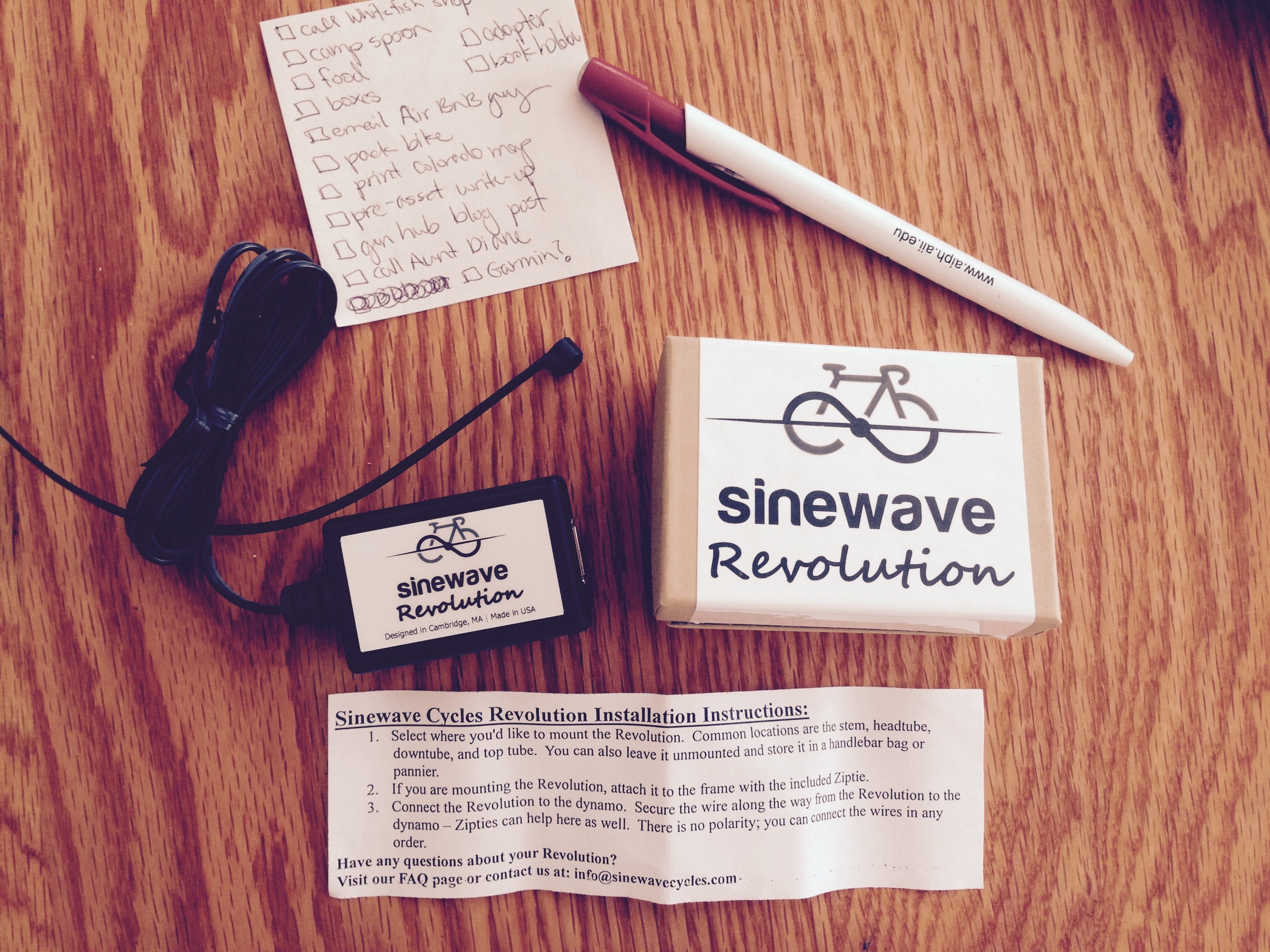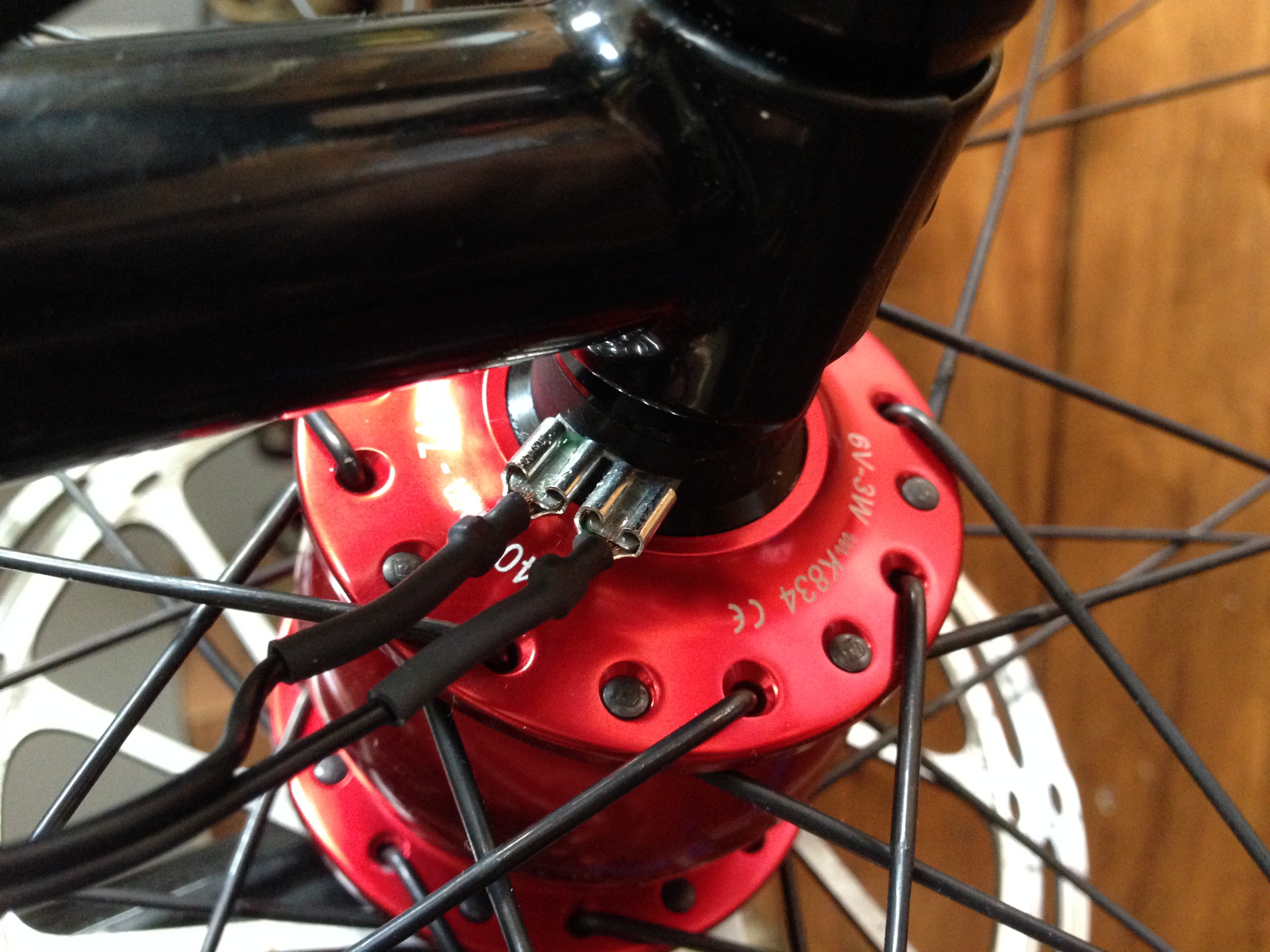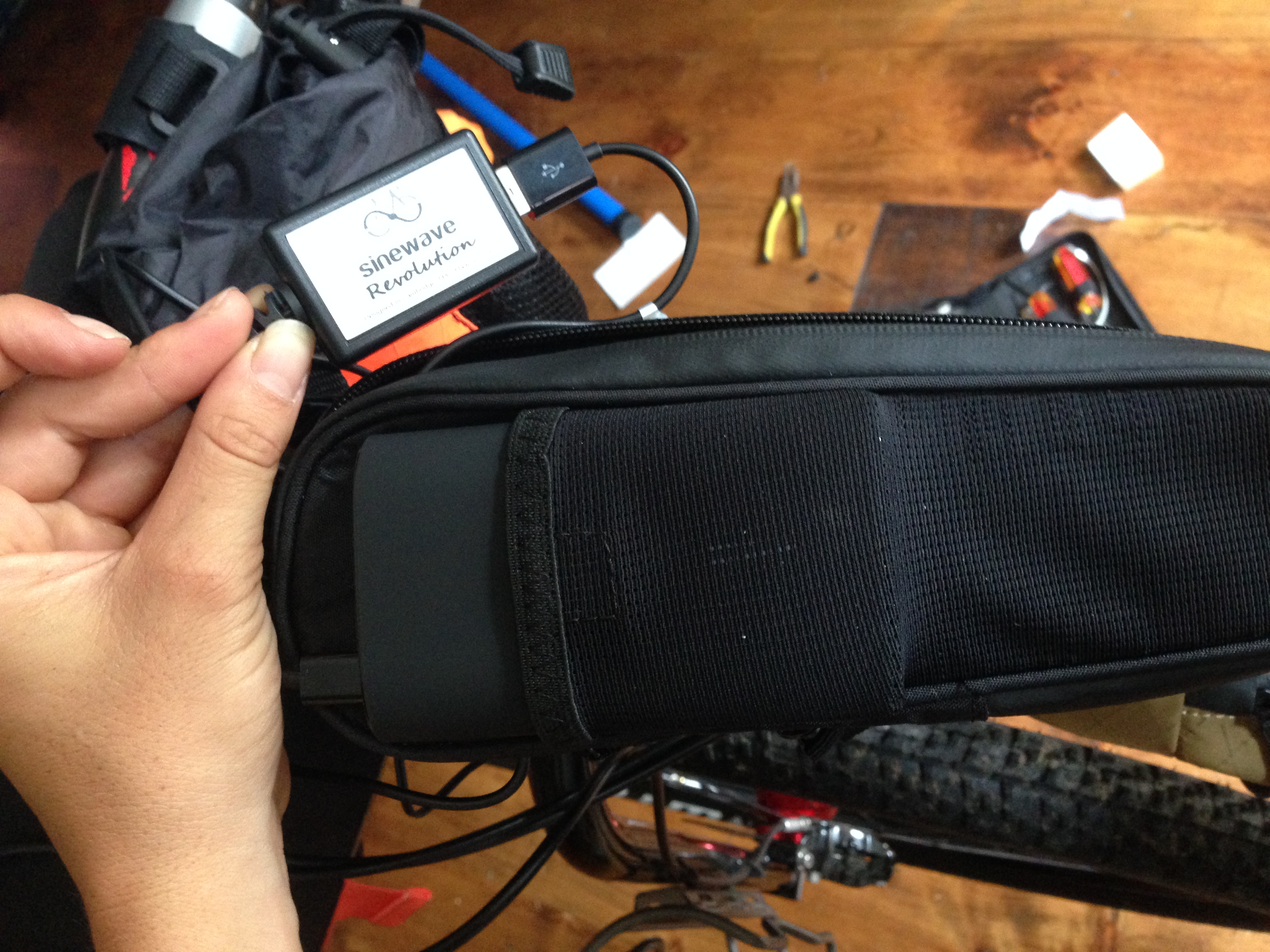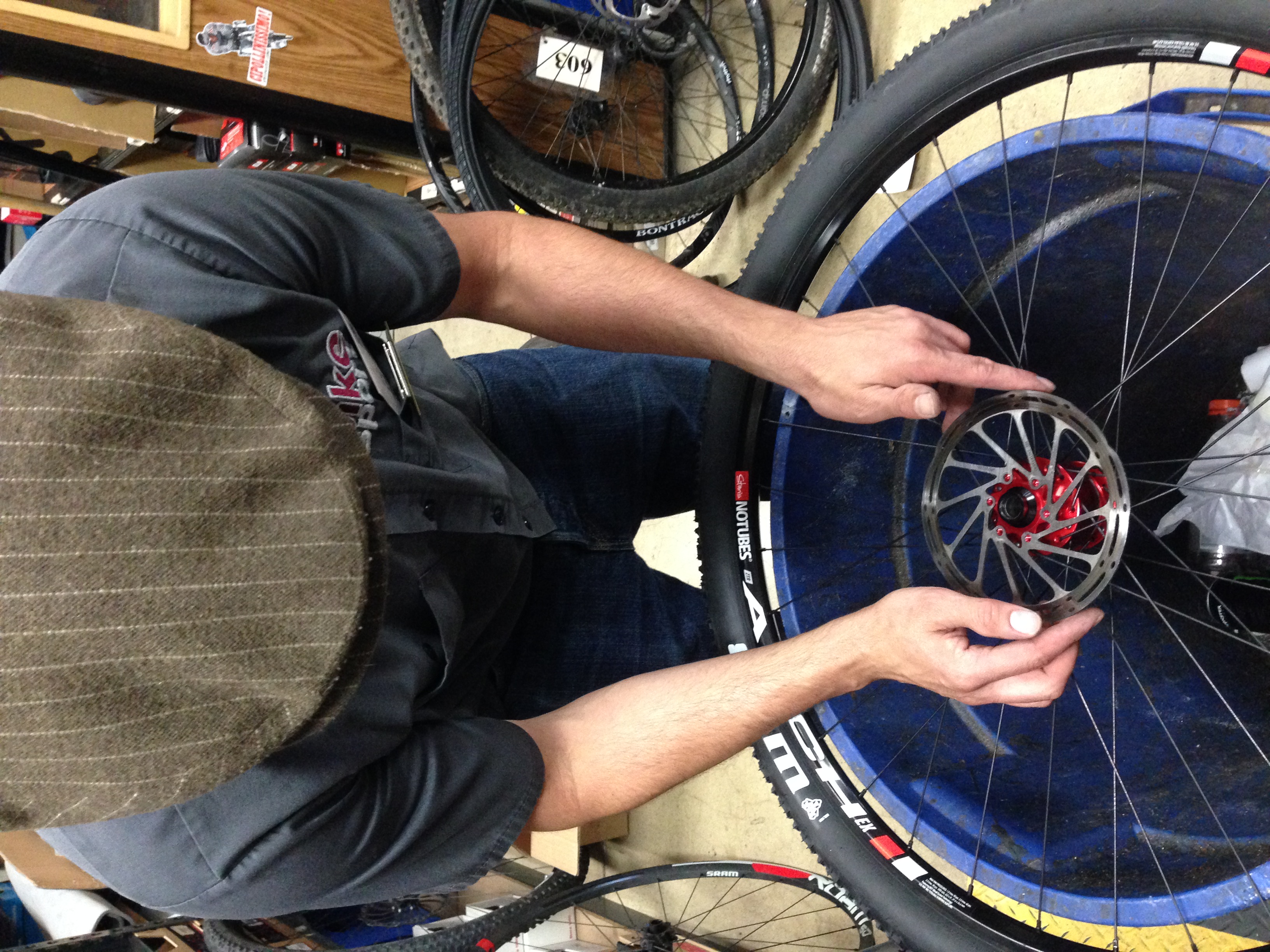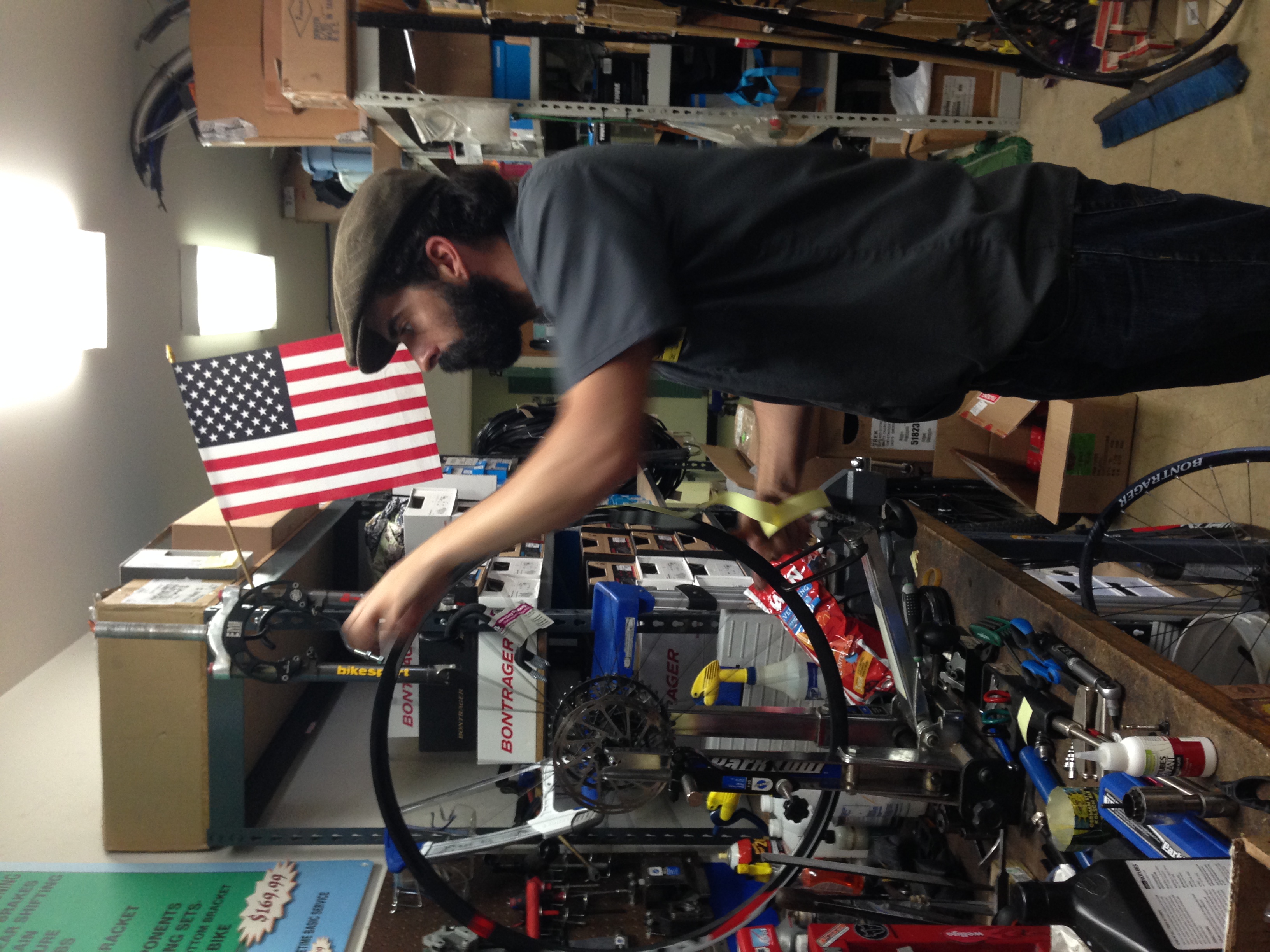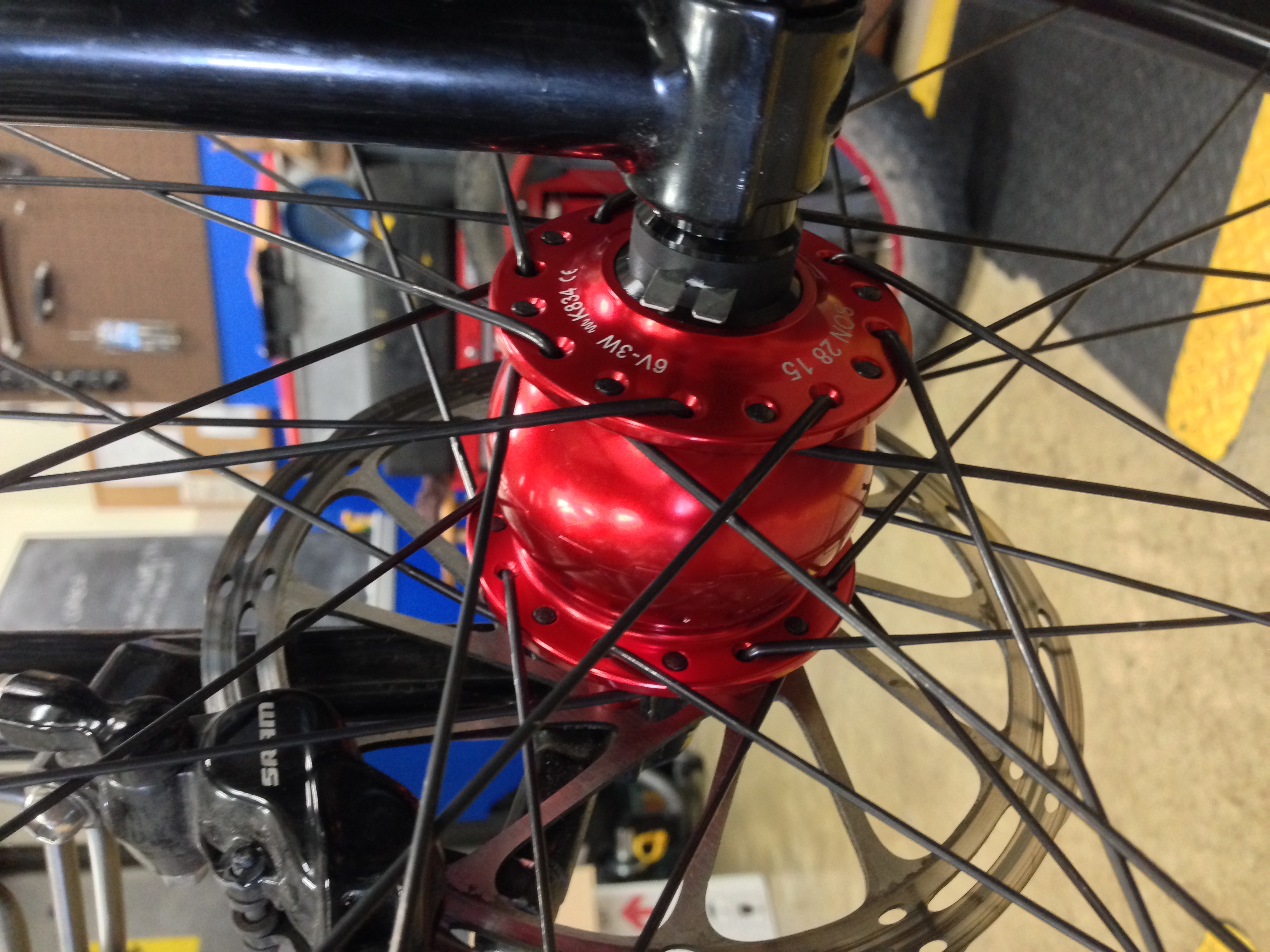I'll try to make this a friendly read for both the nerdist and the skimmer. Nerds, read the fine print. Skimmers, read the bold print.
THE OPTIONS
When I first started researching what I would do for power a couple months ago, the pieces of the puzzle weren't really lining up in a way that made sense. Far as I could tell, there were about four options for power on the trail:
- Slave to the Outlet - can you picture yourself asking for the outlet at a hometown diner while cowboys sit down to eat ? I can't.
- Batteries - disposable, easy to buy at gas stations, lots of them, plus a USB battery pack for your phone
- Solar Panels
- Generator Hub
They rank in that order of up-front cost. Option 1 and 2 didn't really appeal to me. I'm an environmentalist at heart, so I was actually interested in seeing if there were creative ways to power up. Narrowed down to solar panels and a generator hub, here's why I chose generator hub:
- Solar Panels - These are probably not a bad option if you have a rack that allows for a flat-ish surface upon which you can strap the panels while you ride. However, for my bikepacking setup, I am using soft bags and this real estate just isn't there. Considering that I'd be biking for most of the day, this leaves very few sunny hours that I could spread out the array. Solar panels need sun. It gets cloudy; nuff said?
- Generator Hub - I'm going to be biking 6 - 7 hours a day. Wouldn't it be great to constructively use some of that wattage? At first, it seemed like a dynamo hub would be too delicate for off-road application, but Schmidt's and Shutter Precision (SP) make robust thru-axle dynamos. Rain or shine, as long as I'm going faster than about 5 mph, I can charge stuff.
THE RESEARCH
As far as I can tell, there are TWO companies that make dynamos for thru-axle bikes. (Most new mountain bikes have a thru-axle. Not sure what this means? Click here.) I could've switched to skewer, but with all the miles I was going to put on the bike, it seemed like I should stick with the more robust option.
SCHMIDT'S - German engineering, historically the company for high-end dynamos, first prototype in 1992 - They offer legacy in tried-and-tested products, which is backed by a 5-year warranty. Evidently their "pressure compensation system" is supposed to prevent water from intruding due to difference in temperature, and is now incorporated into all the SON dynamos. The SON 28 15 goes for about $380.00 USD after taxes and shipping.
SHUTTER PRECISION - Taiwanese company, formerly a digital camera shutter company, newer to the dynamo scene (2008) - However they have designed their dynamo, they tout an innovative approach that achieves remarkable efficiency at higher speeds. And a for a price that won't make you gulp, hard. One can get an SP 8x for about $215.00, which comes with a 2-year warranty.
A note about customer service: Both were excellent - Although it took a little longer for SP to get back to me (presumably because of the time difference), both companies emailed thoughtful responses when I asked them technical questions, even adding details that I didn't know to think of (e.g., wheel building specs). Additionally, each of the companies were transparent about their product, even when being compared to their competitor. Verbtaim, SP said, "SON is good at very low speed…." I really appreciated the honesty.
Efficiency - SP claims a 78% efficiency at 15km/h (9.3 mph), which is record-breaking; however, they claim lower efficiencies at lower speeds. Schmidt's claims an efficiency of 65% at 15km/h, but have a higher efficiency at lower speeds. Personally, I would like to see third party tests of each hub to validate the data. The most reliable information I found was from their websites, and this one German article that Google translate does a knock-out job of translating. I say this because when I tried to compare the wattage to speed graphs from each company, it's not clear how they conducted each of their tests, so it was too hard for me to say that I was comparing apples to apples.





